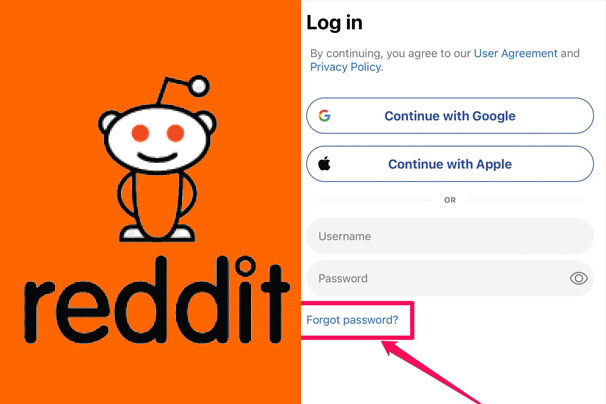The Reddit Login is the only legit way that Redditors can easily access their Reddit accounts with ease. The majority of the human population knows Reddit as it is actually a popular platform with a busy hive of content.
In addition to this, Reddit is also a cross between a social media platform and an internet forum. There are wide ranges of informative content to funnier text scenes.

Furthermore, Reddit is also known as a platform that touches a large base of topics from comedy to politics to sports and many more. If you are really invested in the message threads that take place on this forum, you can browse the site.
However, if you want to comment, like, or vote on messages, you will need to log in to an active account. Logging in to your Reddit account can be done using the mobile app and computer.
Requirements to Login to Reddit
Before accessing the Reddit login portal, there are certain requirements that you need to be aware of. Hence, in this part of the article, the requirements are needed to successfully access your account. Below are the requirements needed;
- A computer or mobile device
- Stable internet connection
- A web browser
- Your username or email address
- Also, your correct Password
- Or the Apple ID details connected to your account.
You will need the above-listed credentials to successfully log in to your Reddit account online or via the mobile app. Check out the steps and guidelines below to access the login portal.
How To Log In To Reddit On Your Computer
If you are using your computer and you want to login to your Reddit account, here’s how to get it done:
- Visit the official website at https://www.reddit.com on any browser
- At the top right of the page, click the login option
- Once the login page loads, log in to your Reddit account using the method you have paired to your account. You can log in using your Apple ID, your Google account, and your email address and password
Simply select the option that suits you best and you have paired with your account and then click on Login in. That’s how you log in to your Reddit account via your PC.
How To Log In To The Reddit Mobile App
If you have the Reddit app installed on your mobile phone that is another easy way that you can log in to Reddit. Follow the steps below on how you can do it:
- Launch the Reddit app on your iOS or Android device
- Scroll to the upper right corner and click the Account icon
- On the next pop-up page, click the Signup/Login option
- You will see a Create an account to continue pop-up next.
- Click on the login option
- Proceed to log in using the method you have configured with your account. You can sign in using your Apple ID, your Username and password, or your Google account.
- Once it is done, click on Continue to complete the process.
That’s how you can log in to Reddit using the mobile app.
How to Recover My Reddit Username and Password
This could be a result of an incorrect password or a forgotten username. Here’s a simple way to fix the error you face when trying to log in to your Reddit account:
- Launch the Reddit website on your PC
- Navigate to the top right of the page and click on Log In
- Under the Login button, click on Forgot your username or password? Option
- If it is the issue of the username, click on the username option to reset it.
- If it is the issue of a forgotten or incorrect password, click on the option to reset it
Finally, Follow every other instruction on the screen to get the reset email from Reddit and create a new password or username to log in. Note; once you’ve successfully recovered your username or password, proceed to the sign-in page and try accessing your account again.
However, if these are not the issues, you can reach out to the Reddit care representative at contact@reddit.com and explain your issues.



